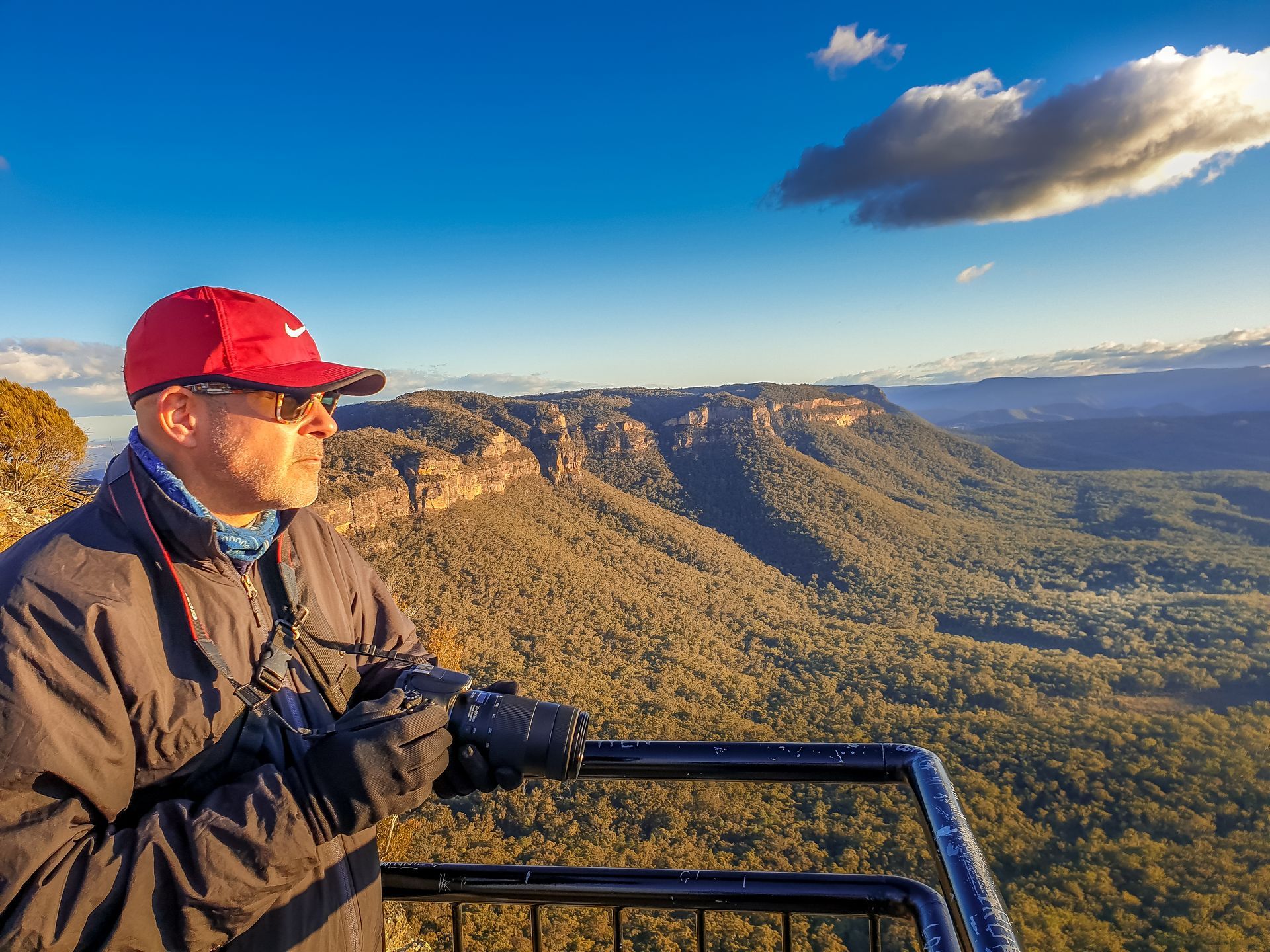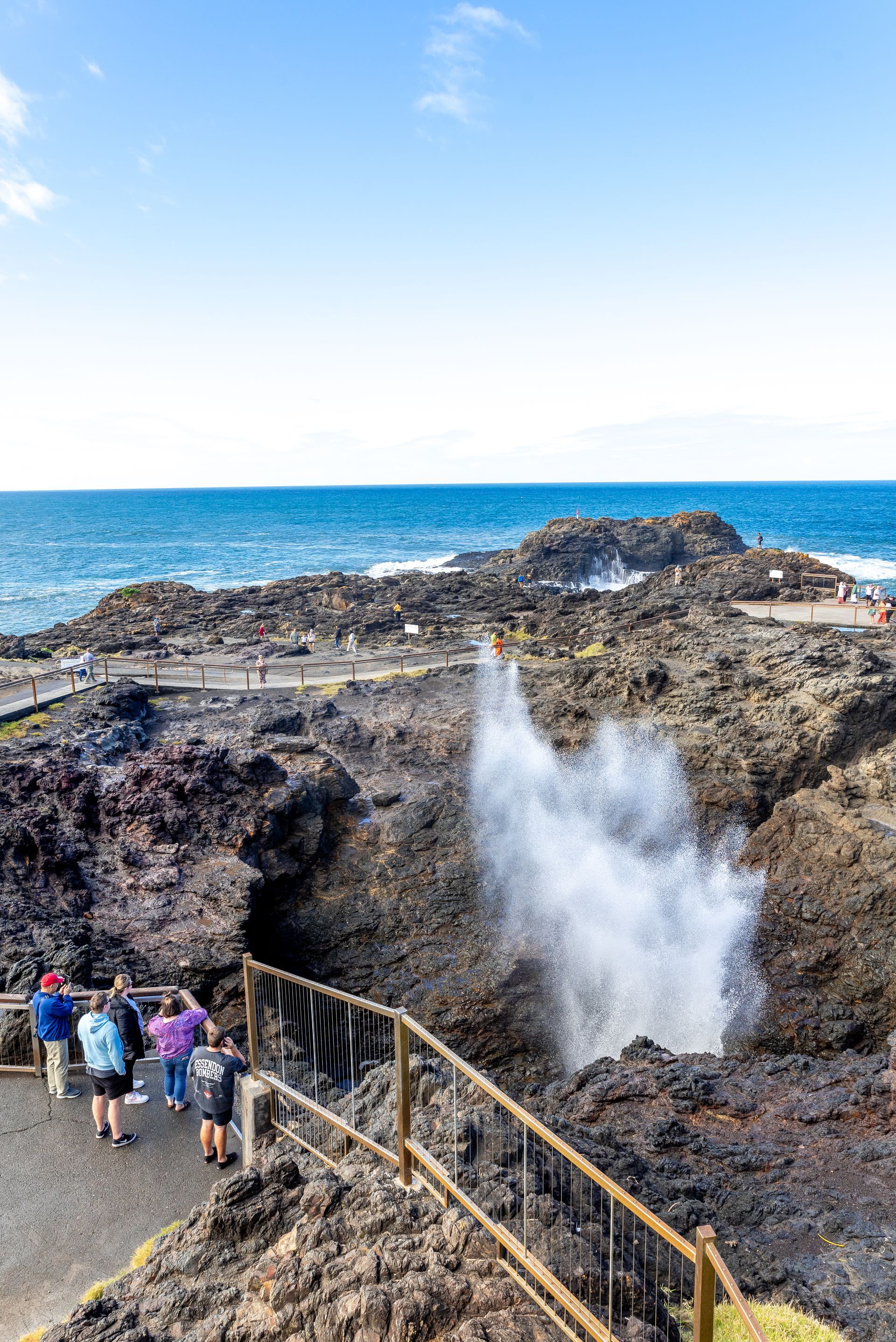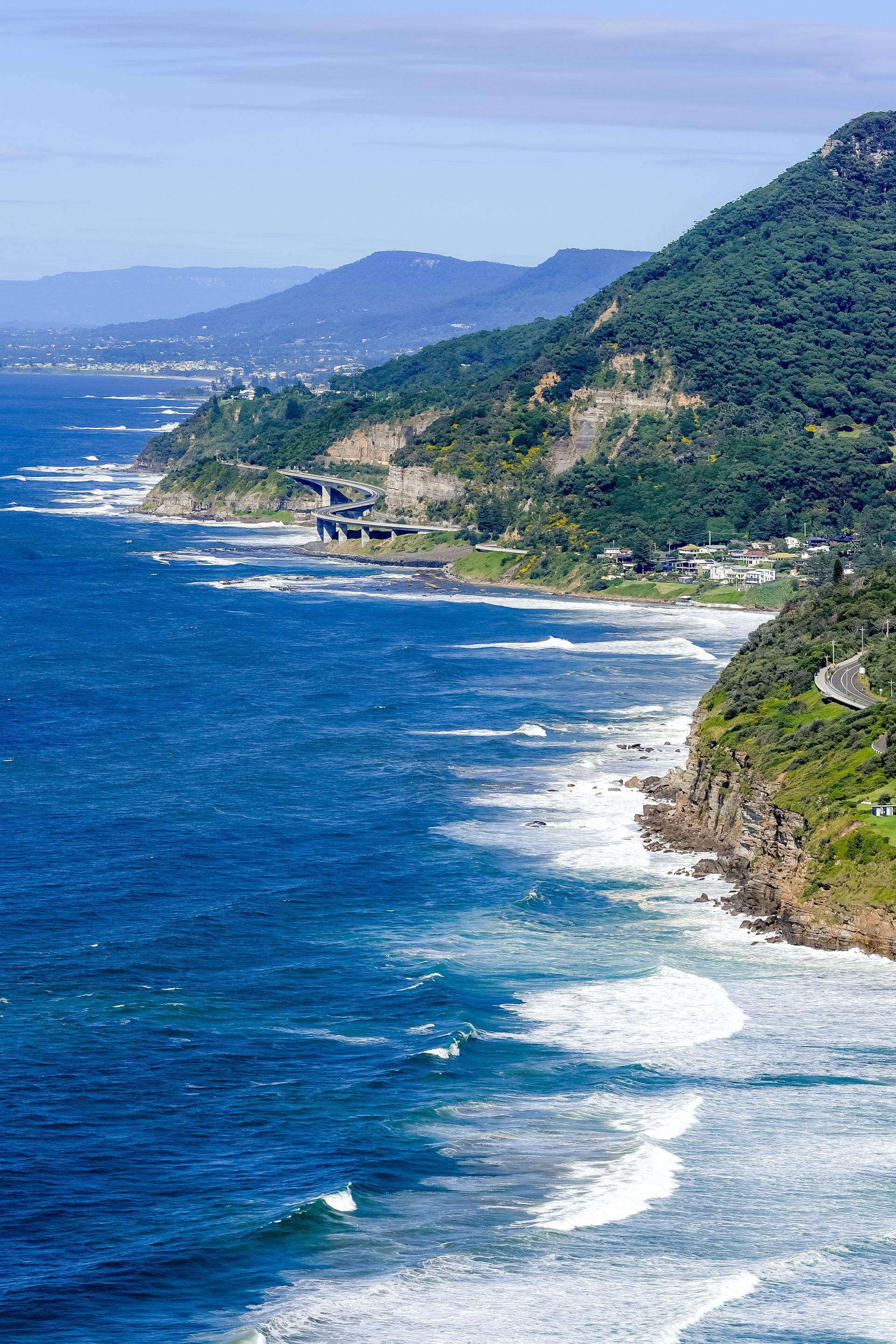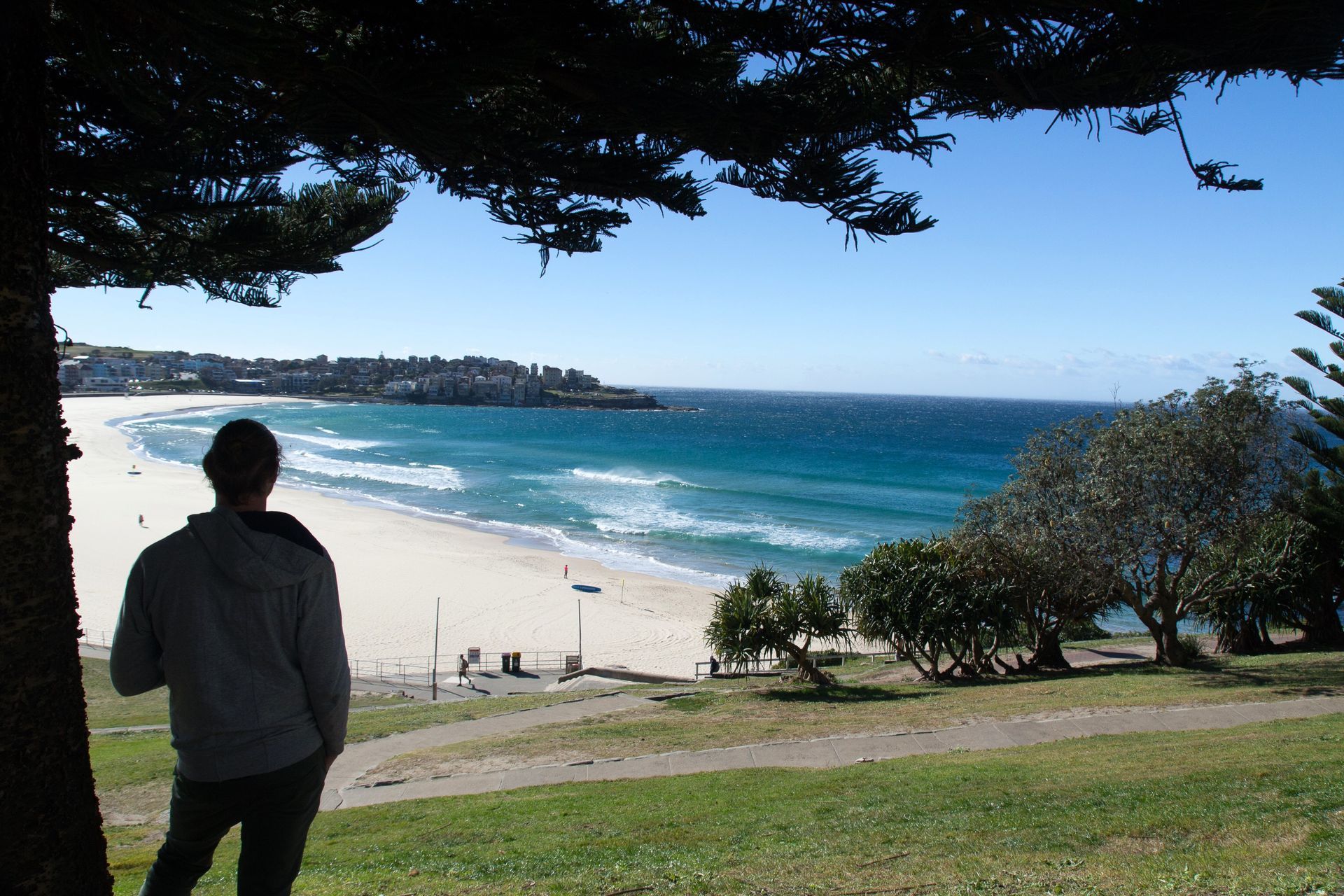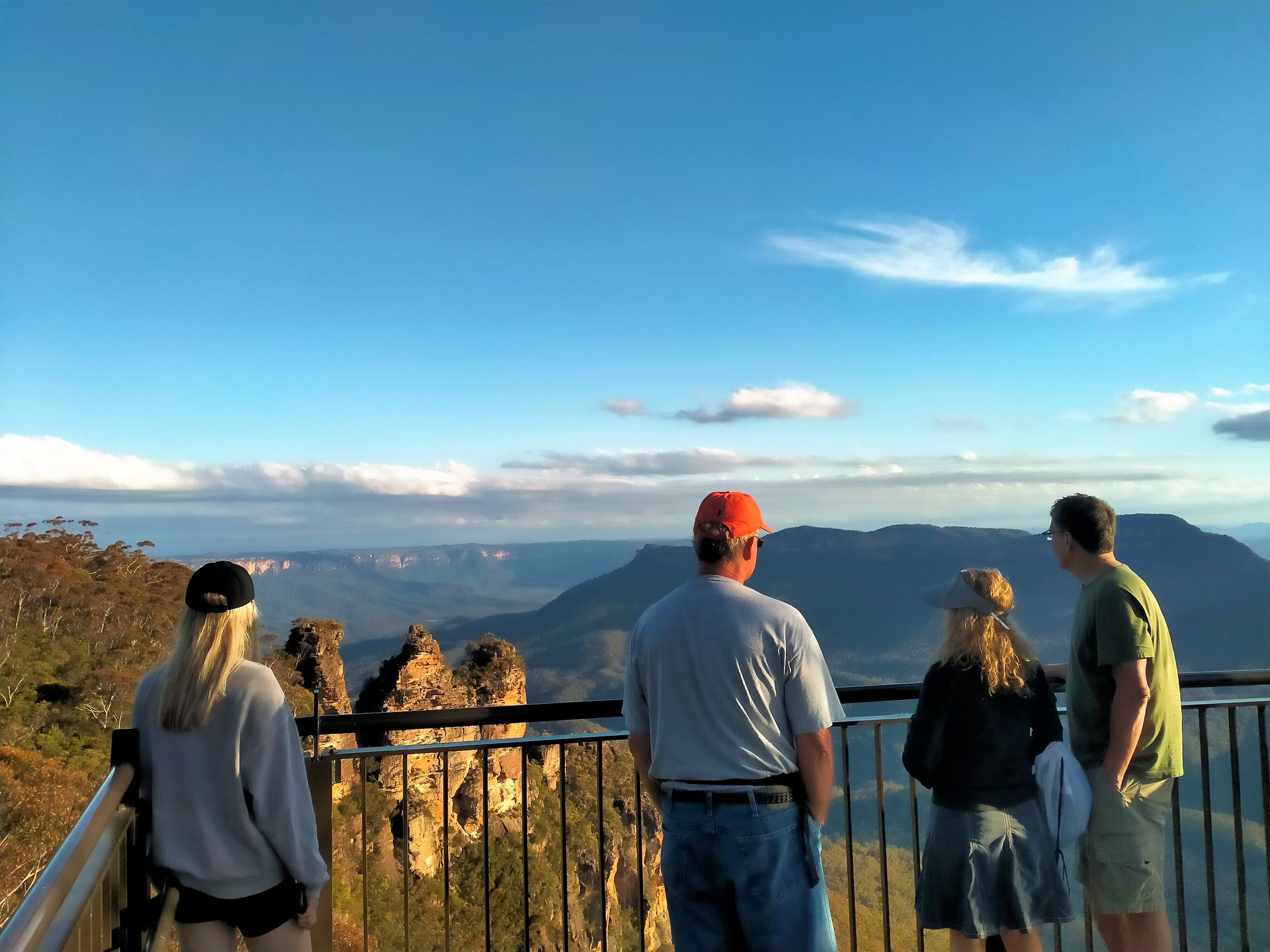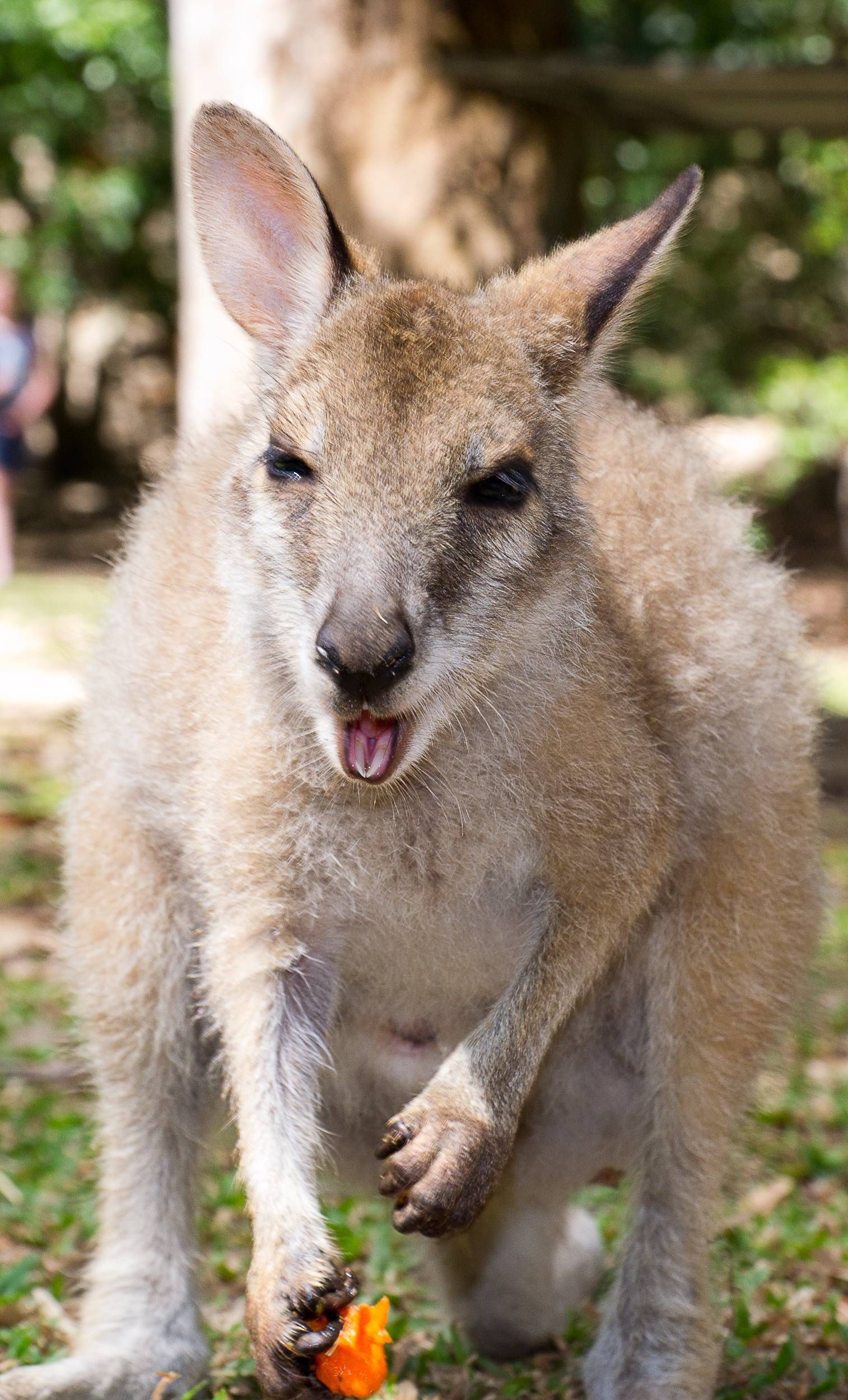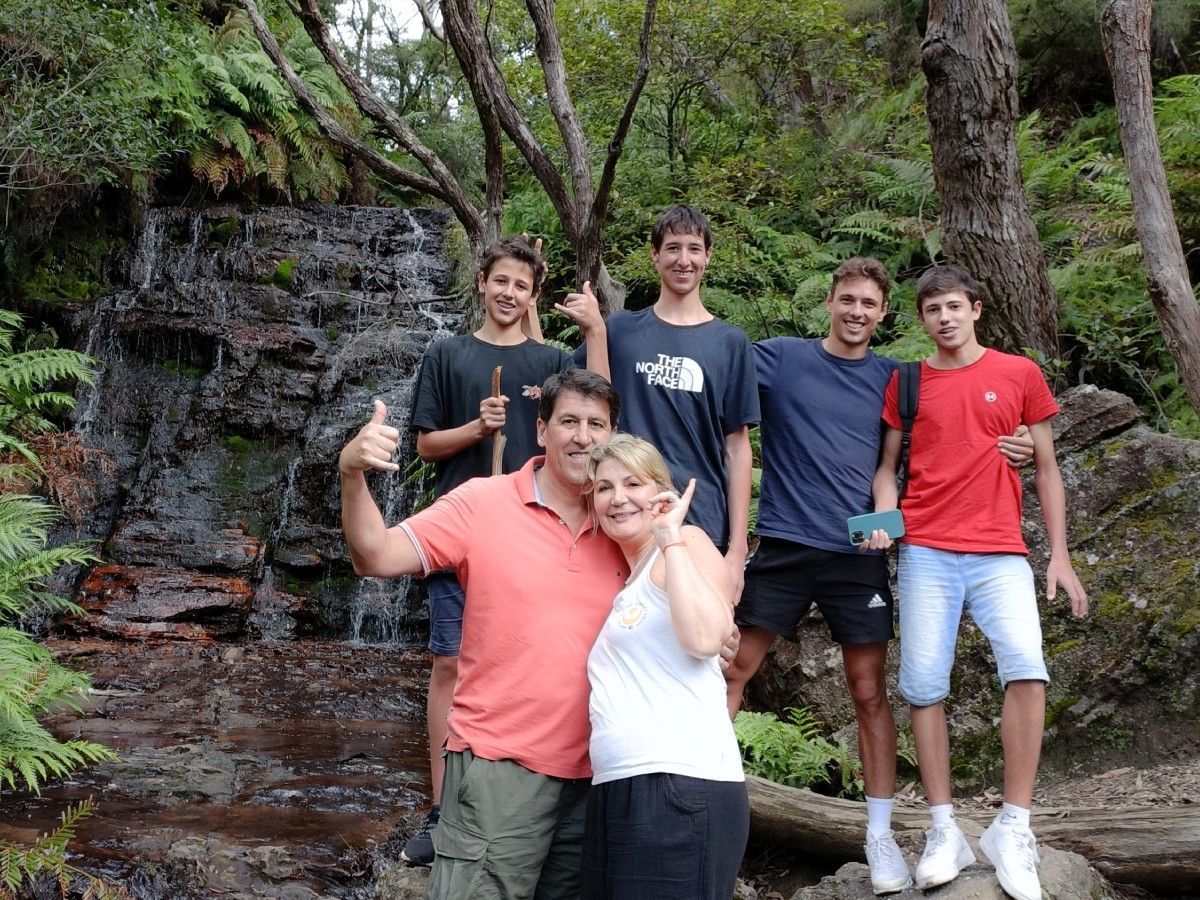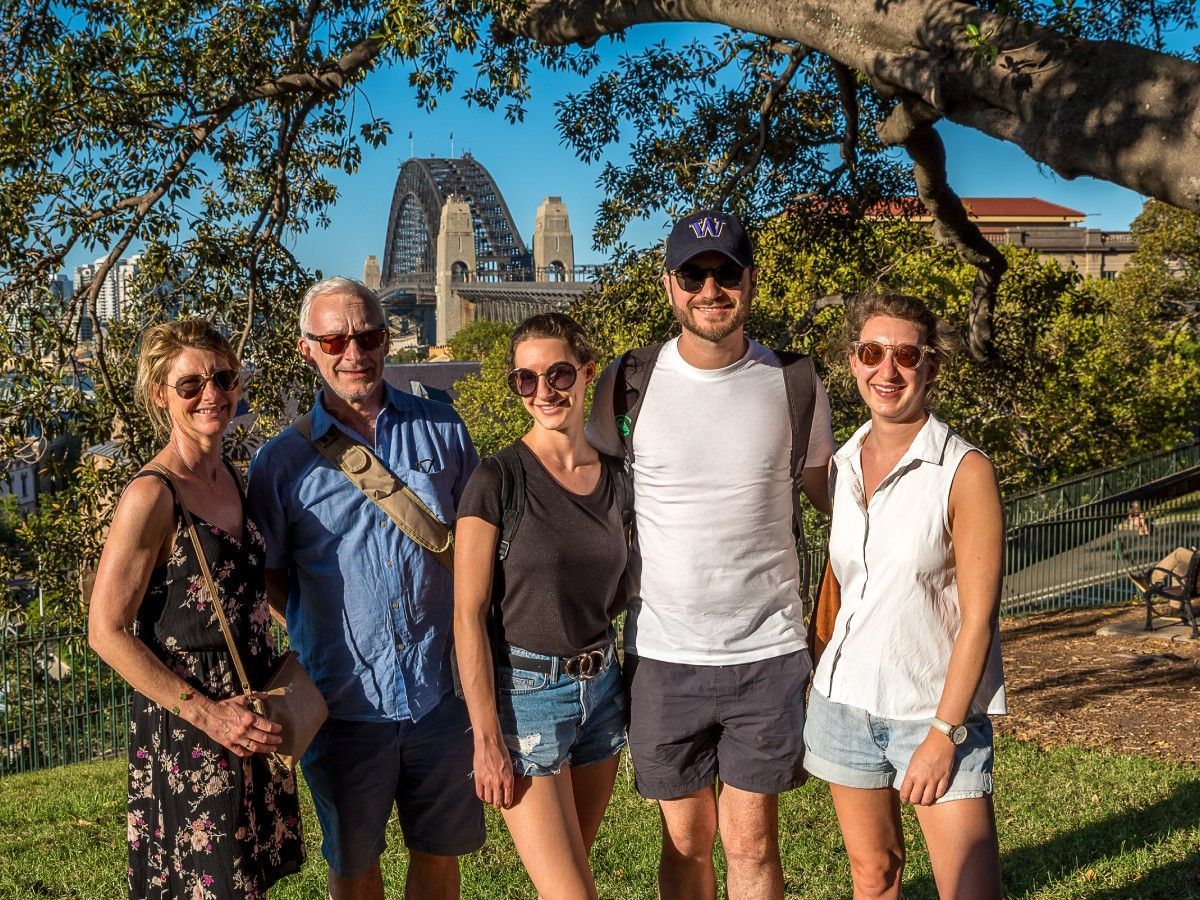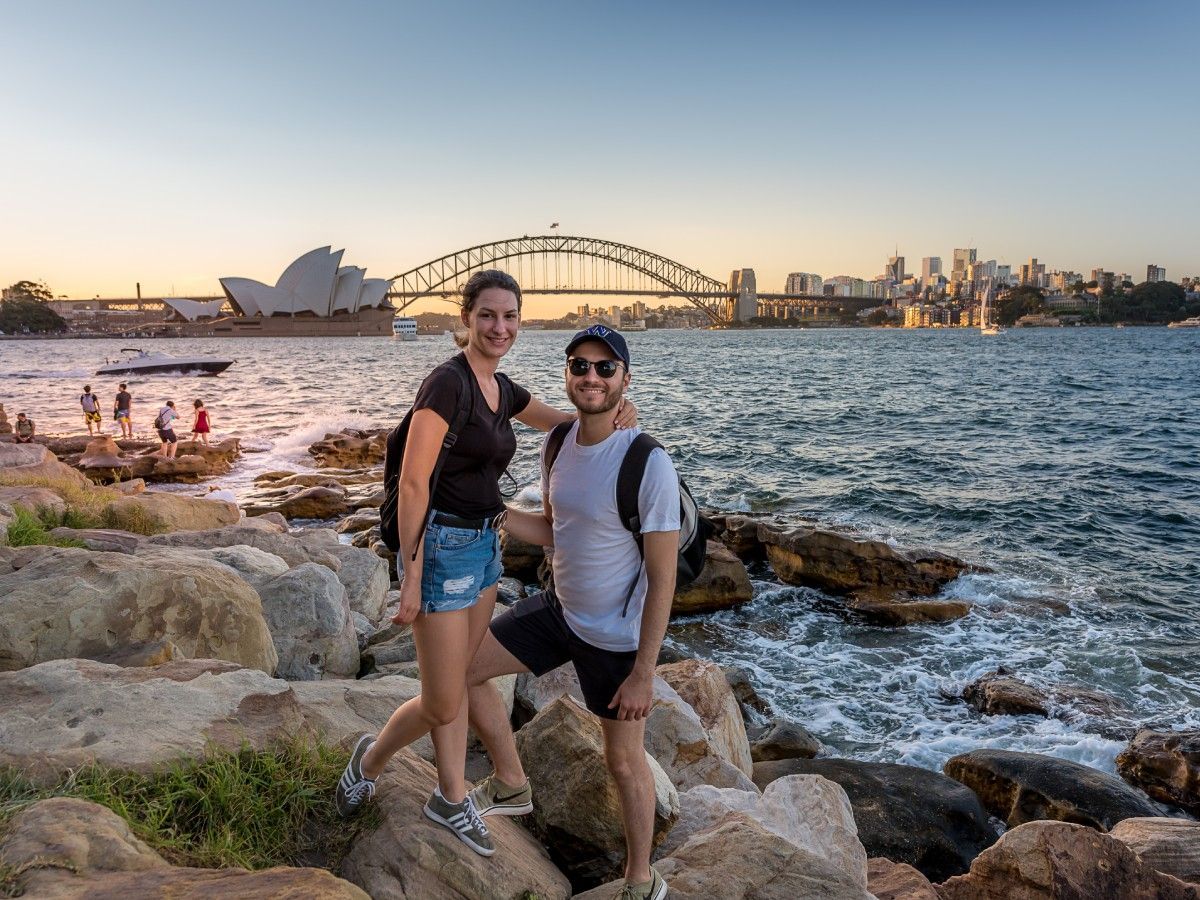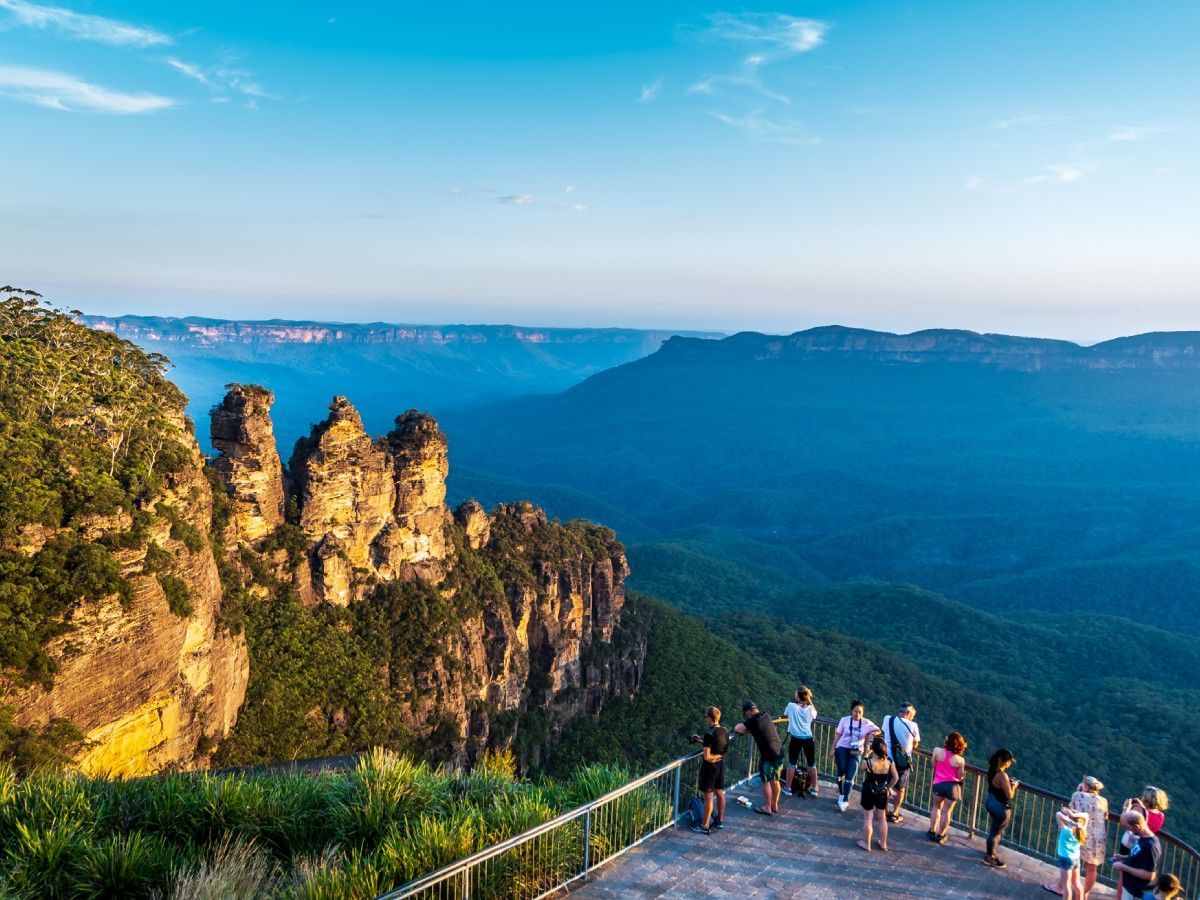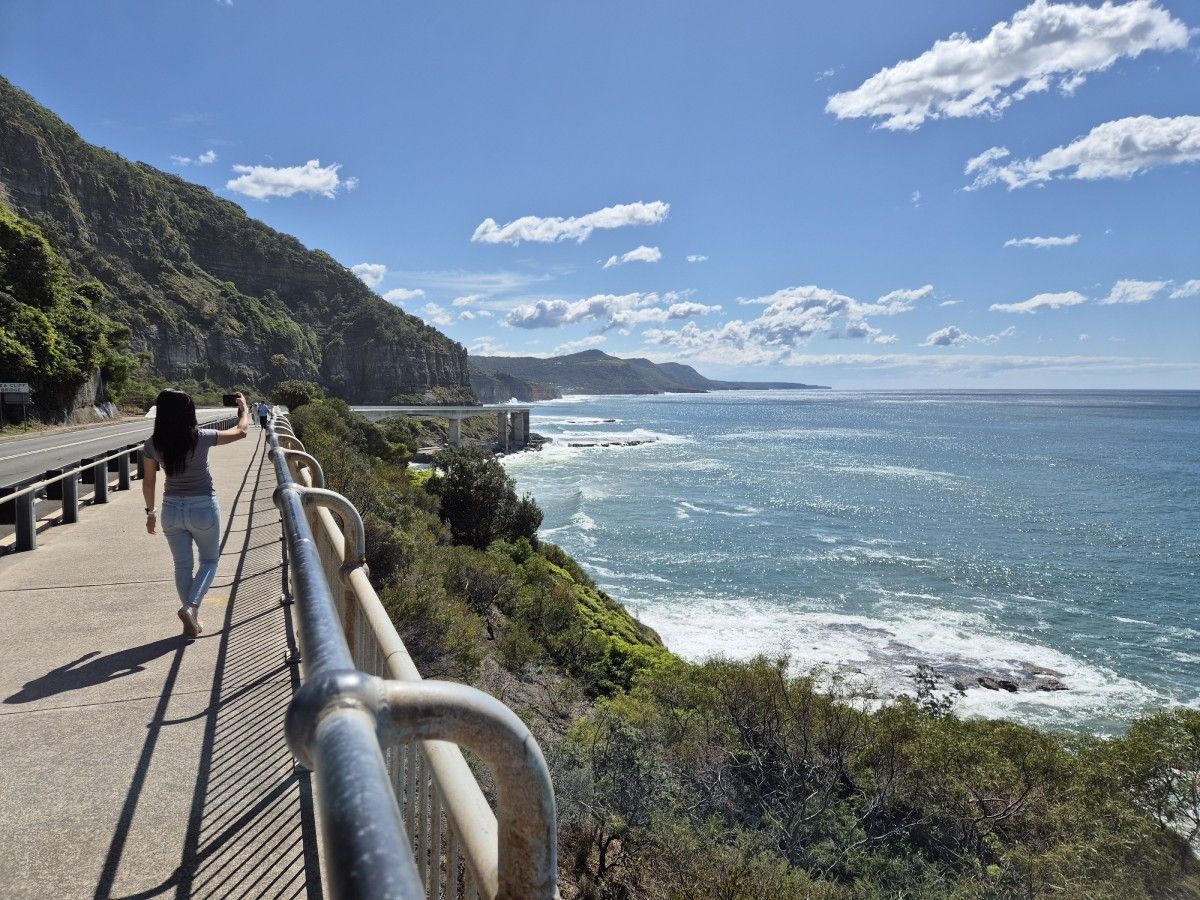A Nature Lover’s Guide to the Best Wildlife Encounters on a Blue Mountains Day Tour
Key Takeaways
- A Blue Mountains day tour offers close-up encounters with iconic wildlife like koalas, kangaroos, wallabies, and wombats, alongside more elusive reptiles, amphibians, and over 400 bird species.
- Koala sightings are made easy with VIP access at dedicated wildlife stops, giving you safe, respectful opportunities for photos and interaction.
- Kangaroos and wallabies are best spotted in forest edges and farmland, with mornings and late afternoons providing the highest activity.
- Birdwatchers will find the Blue Mountains a paradise, with parrots, lyrebirds, and peregrine falcons among the highlights.
- Small-group tours with expert guides maximize your chances of authentic wildlife encounters while ensuring animals remain undisturbed.
What Wildlife You Can Expect on the Tour
Here’s a breakdown of the kinds of animals you might see during your Blue Mountains day tour—and where you’re most likely to find them.
| Type | Where You’re Likely to See It | What You’ll Experience |
|---|---|---|
| Koalas | At the dedicated animal farm / wildlife stop | VIP access to pat (not cuddle) a koala and take photos. You’ll observe these iconic marsupials in a calm setting, often found dozing in trees. |
| Kangaroos & Wallabies & Wombats | Forest edges, farmlands, open clearings | Depending on weather and time of day, kangaroos may appear (especially after rain). Wallabies and wombats are more frequently seen. Joel puppies (joeys) may also be spotted. |
| Birds | Along walking trails, overlooks, forest canopies | The Blue Mountains are home to over 400 bird species. Keep an eye out for colourful parrots, lyrebirds, even peregrine falcons. |
| Reptiles & Amphibians | Leaf litter, forest floors, moist patches | Though less commonly seen, your guide might spot blue-tongue lizards, native snakes, or frogs in damp areas. |
Spotlight: Koala Sightings
Koalas are among Australia’s most beloved animals, and seeing one is a highlight for many travellers.
On the tour, there’s a special visit to an animal farm where you’ll get VIP access to pet (but not hug) a koala and take photos. picturemesydney.com
You’ll see them resting among branches, often sleeping during the day, so patience and respect are key.
This controlled environment increases your chance of seeing a koala safely and comfortably.
Make sure to check out our dedicated page for full details on our Koala and Kangaroo Encounters
Spotlight: Kangaroo & Wallaby Encounters
Kangaroos often spark the imagination when thinking of Australian wildlife. Here’s how the tour gives you a solid chance to see them:
- While kangaroos in true wild settings are harder to spot unless conditions are right (for example, after rain), the tour takes you to forest edges and farmland zones where these animals sometimes roam. picturemesydney.com
- Wallabies and wombats tend to show more often. Their more modest size and preference for shaded spots make them less conspicuous, but your guide has an eye for where they like to hide.
- If you want to see more kangaroos, mornings or late afternoons often offer better light and activity.
Birdlife, Reptiles & Other Fauna
If your heart beats for wildlife, the Blue Mountains Day Tour with Picture Me Sydney offers one of the best ways to get up close with Australia’s unique fauna. Beyond the sweeping landscapes and dramatic cliffs, this tour highlights some of the country’s most beloved creatures. In this guide, I’ll walk you through the top wildlife you might spot, tips to increase your chances, and what makes these encounters truly special.
- The Blue Mountains are a birdwatcher’s paradise. Keep your eyes peeled for species like colorful parrots, the elusive lyrebird, and even birds of prey like peregrine falcons. picturemesydney.com
- Reptiles and amphibians are more subtle your expert guide might spot blue-tongue lizards, native snakes, or local frogs in moist patches or near water. picturemesydney.com
Pro Tips to Boost Your Chances
- Go early or late: Animals tend to be more active in the cooler hours.
- Stay quiet: Moving slowly and minimizing noise helps avoid scaring wildlife away.
- Look for feeding zones or water sources: These places often attract animals.
- Follow the guide’s lead: They know the best lookout spots and animal behavior patterns.
- Be patient: Wildlife isn’t on a schedule. Sometimes just waiting quietly is the key.
For more preparation tips, see our Blue Mountain packing list.
Why This Tour Gives You Better Wildlife Encounters
Guides choose routes and stops based on animal movement patterns.
- The small group size (versus large buses) offers flexibility and less disturbance, which animals appreciate.
- You’ll visit both controlled wildlife stops (for reliable sightings) and more wild areas for chance encounters.
- You benefit from the guide’s deep local knowledge where animals tend to appear, which vantage points work best, and how to respect wildlife boundaries.
Frequently Asked Questions
Here are the most common questions travelers ask about wildlife encounters on a Blue Mountains Day Tour.
Where can I see wildlife in the Blue Mountains?
You can spot wildlife in areas like Euroka Clearing near Glenbrook and Megalong Valley. Guided tours also include stops at wildlife parks where you can safely see koalas, kangaroos, wallabies, and native birds up close without disturbing their natural behaviors.
What animals can I expect to see on a Blue Mountains day tour?
Expect encounters with koalas, kangaroos, wallabies, wombats, and a wide range of bird species. You might also spot reptiles such as blue-tongue lizards or frogs in damp forest areas. The diversity depends on weather, season, and time of day.
When is the best time to see wildlife in the Blue Mountains?
Early mornings and late afternoons are best for spotting active wildlife. Cooler hours encourage kangaroos and wallabies to graze, while birds are more vocal and visible. Spring and autumn offer especially rich sightings thanks to mild temperatures and increased animal movement.
Are koala encounters included in the tour?
Yes. Most tours include a dedicated wildlife stop where guests get VIP access to see and lightly pat a koala under supervision. This ensures both visitor safety and animal welfare, offering memorable, respectful interaction and great photo opportunities.
Where are kangaroos and wallabies most likely to appear?
They’re commonly seen around open grasslands, forest edges, and farmlands. Wallabies prefer shaded, quieter areas, while kangaroos tend to appear after rain or in cooler parts of the day. Guides know the best spots for sightings.
Are there venomous snakes in the Blue Mountains?
Yes, some venomous species like the Red-bellied Black Snake inhabit the region, typically near creeks or damp forest floors. They’re generally shy and avoid humans. Guides will help ensure safe viewing distances during your tour.
What birds are common in the Blue Mountains?
The area is home to over 400 bird species, including colorful parrots, lyrebirds, and peregrine falcons. Guided walks often highlight calls and nesting habits, making it a rewarding destination for birdwatchers of all levels.
Can I take photos of the wildlife?
Yes, photography is encouraged, provided you keep a respectful distance and avoid flash or loud noises. Controlled encounters, such as at wildlife parks, allow for safe and clear photo opportunities with animals like koalas and kangaroos.
What should I bring for a wildlife-focused day tour?
Pack comfortable walking shoes, a light jacket, sunscreen, binoculars, and a camera. Bring water and snacks, and follow your guide’s instructions to minimize disturbance to animals and the environment.
Why choose a small-group wildlife tour?
Small groups allow flexible routes and quieter observation, increasing your chances of authentic wildlife encounters. Guides can tailor stops, share insights about animal behavior, and ensure an eco-friendly experience that respects local habitats.
If you’re someone whose idea of a perfect day includes watching a koala nap, spotting a kangaroo hop across a field, or hearing rare birds call from the treetops, this Blue Mountains Day Tour is made for you. Combine nature, comfort, and expert guidance, and you’ll walk away with stories and photos you’ll actually remember.


